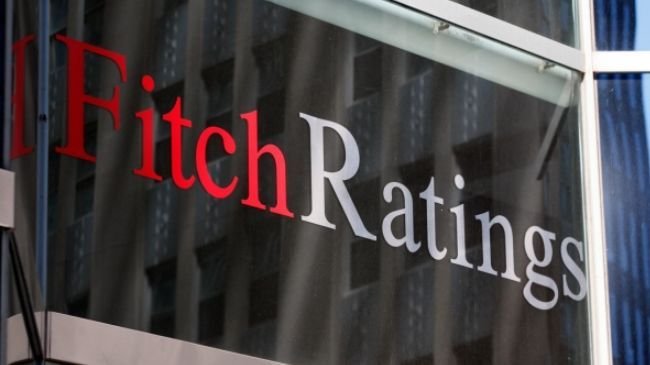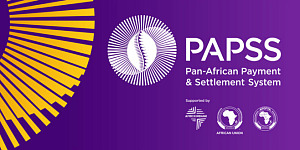 Fitch Ratings - Growth in sub-Saharan Africa should provide favourable conditions for the region's banks in 2015, despite the decline in commodity prices, says Fitch Ratings. Credit growth is set to expand because there is strong demand for infrastructure financing and the private sector is buoyant. These are likely to offset the threats from weaker commodity prices and heightened political risk and uncertainty.
Fitch Ratings - Growth in sub-Saharan Africa should provide favourable conditions for the region's banks in 2015, despite the decline in commodity prices, says Fitch Ratings. Credit growth is set to expand because there is strong demand for infrastructure financing and the private sector is buoyant. These are likely to offset the threats from weaker commodity prices and heightened political risk and uncertainty.
Even banks in oil exporting countries, where low oil prices might be expected to trigger loan contraction, are experiencing continued credit demand. In Nigeria, buoyant non-oil and services sectors, plus private consumption, are holding up credit demand. Loan growth reached 25% in 2014. In Angola, public sector investment remains a priority and banks are finding new takers for loans in government entities and ministries.
Sub-Saharan banks tend to be awash with deposits; loan/deposit ratios for banking sectors in Fitch-rated countries average 78%, which is low by international standards. This reflects both limited opportunities for profitable lending and asset structures that tend to be heavily invested in high yielding government securities, rather than loans. Despite plentiful deposits, credit growth can still be constrained because short-term deposits are not well suited to funding longer-term loans. Managing liquidity gaps is a challenge but the region's banks have long worked within these constraints to successfully grow their loan books. Few sub-Saharan banks, other than in Nigeria and South Africa, issue medium-term bonds, even on the domestic markets.
South Africa is a notable exception for loan growth. We forecast that the country's banks will expand credit only modestly, reflecting a weakened economy, infrastructure investment delays and the overhang from 2014's mining strikes. Demand for retail and small business lending is healthy but banks are more reluctant to lend to these segments given an increase in impaired loans after a period of rapid expansion during 2009-2013.
A strategy of pan-African expansion should generate some growth for South Africa's major banks, which are the most sophisticated in the region. These are well positioned to take advantage of opportunities offering significant upside and margins. Leading South African banks can support domestic customers as they expand and provide services from common platforms offering cash management, payment transfers and trade finance products across countries.
Lower loan growth can be positive for financial stability and reduce banking sector systemic risk. Credit expansion is one measure included in Fitch's macro-prudential indicators (MPI), specifically designed to highlight heightened potential banking sector risks. MPI scores of '3', which highlight the greatest systemic risk potential, are assigned to relatively few sub-Saharan countries, namely Angola, Ethiopia and Ghana. MPI '2' scores are assigned to Cote d'Ivoire, Congo, Kenya, Lesotho and Mozambique. Both South Africa, where loan growth expectations are low, and Nigeria, where demand for new lending is strong, are scored MPI '1'. Other factors, such as credit to GDP, effective exchange rates and house price rises, impact these MPIs.
We forecast 2015 GDP growth to average 4.5% for the 18 regional countries rated by Fitch, but economic trends vary considerably. We expect the strongest growth in Ethiopia at 9%, Cote d'Ivoire at 8.5% and Mozambique at 8.1%. Even the comparative laggards, such as South Africa, up 2%, Angola, Gabon and Ghana (averaging 3.4%) still provide good growth opportunities for their banks.


























































